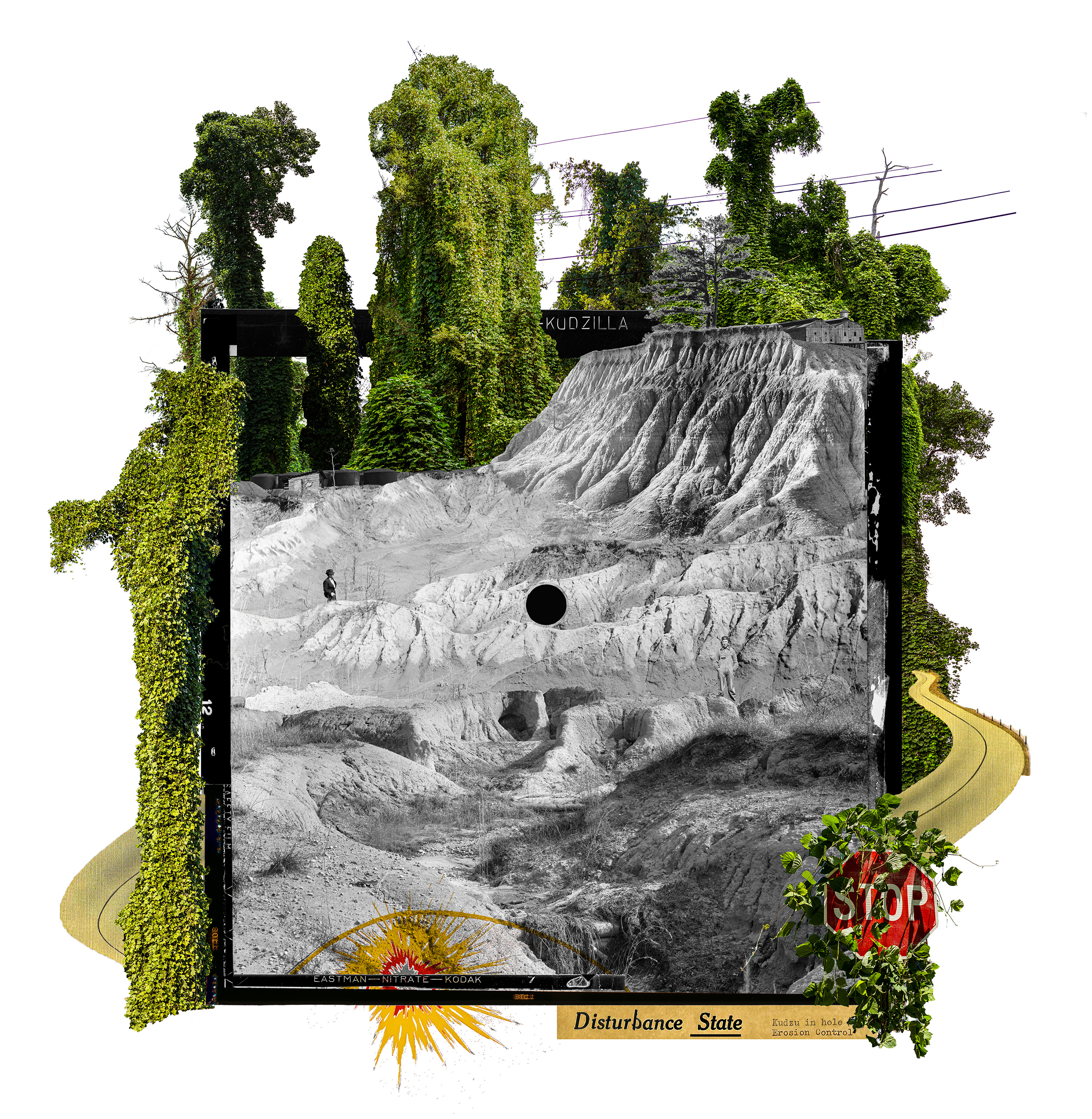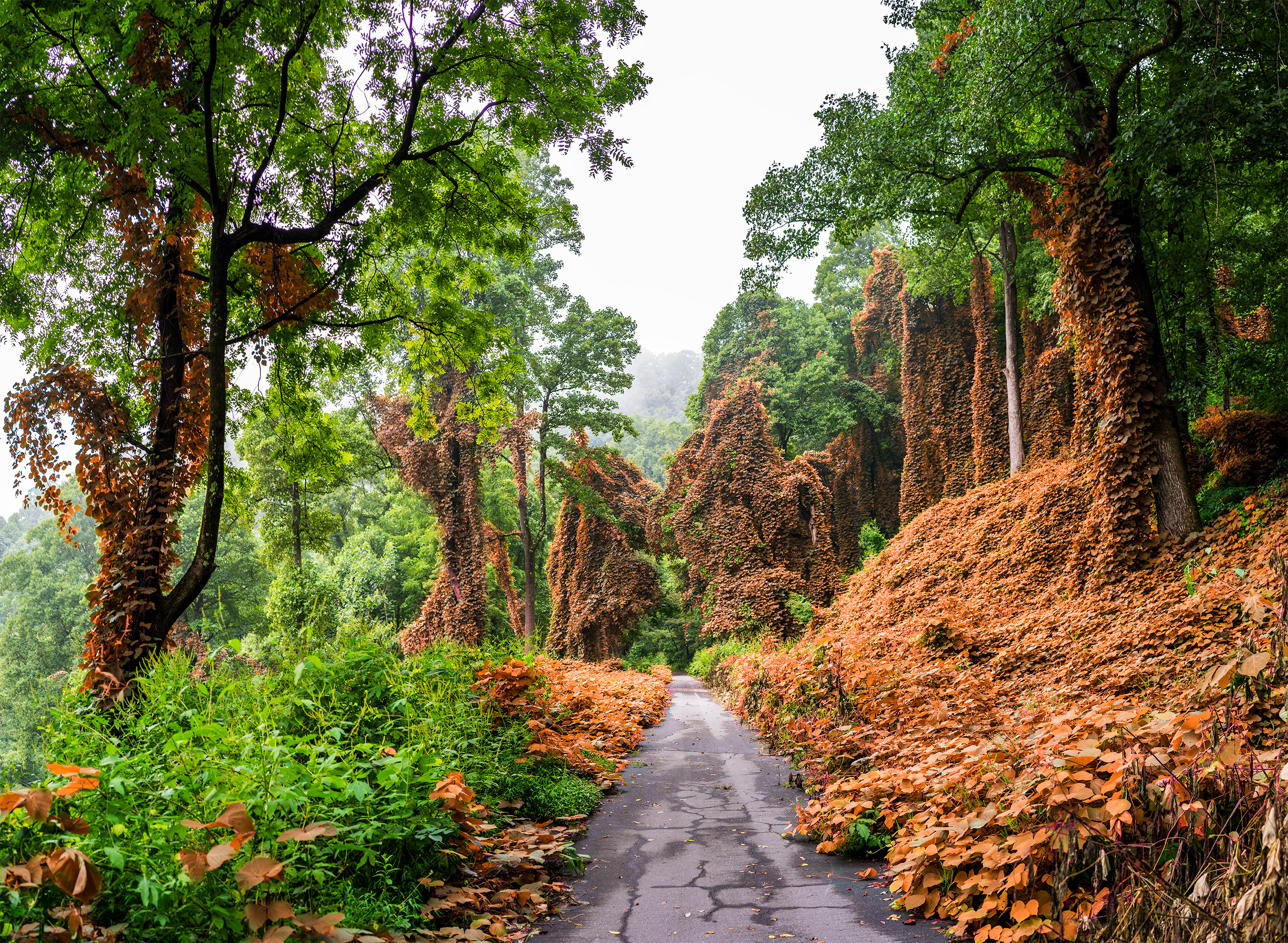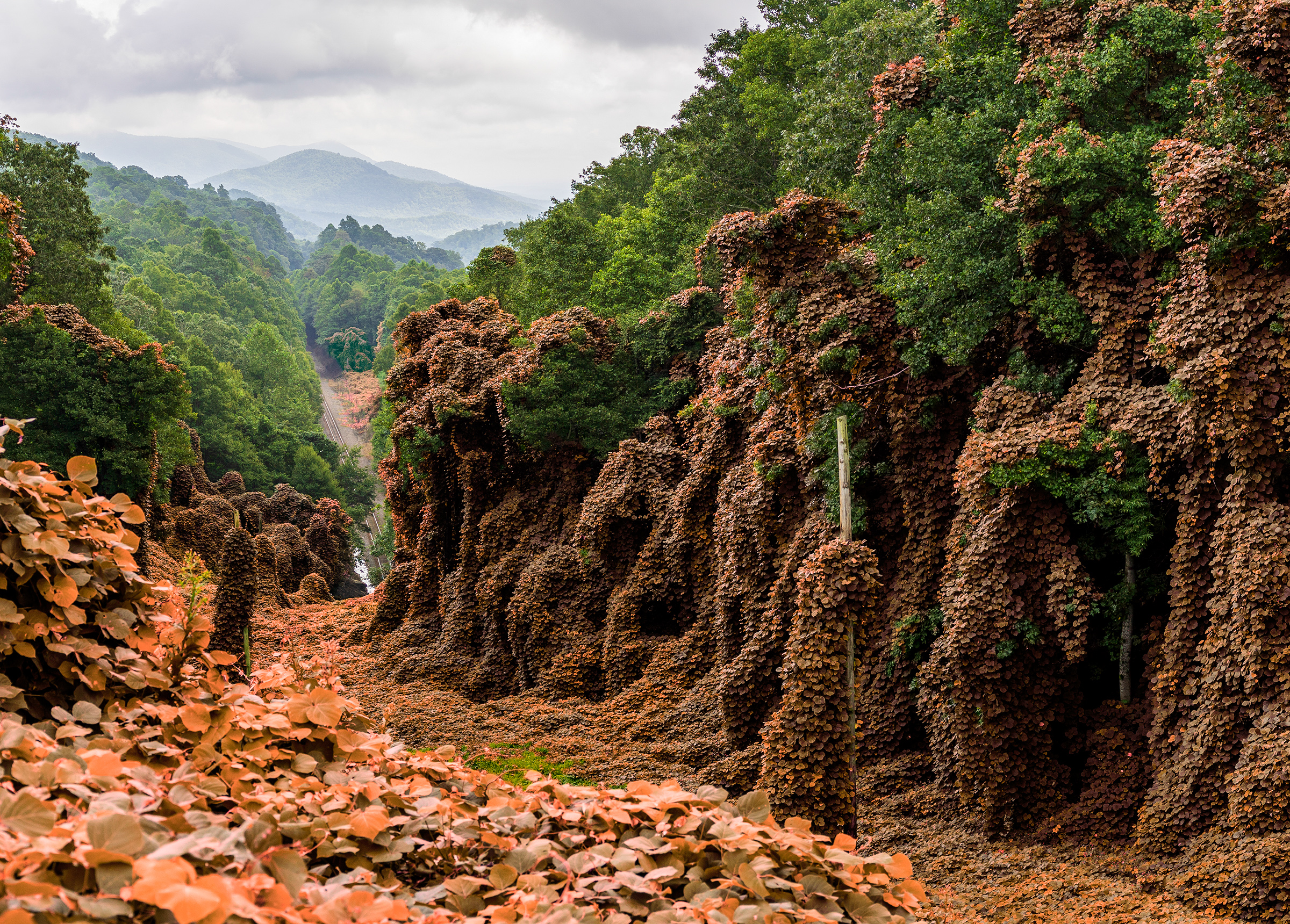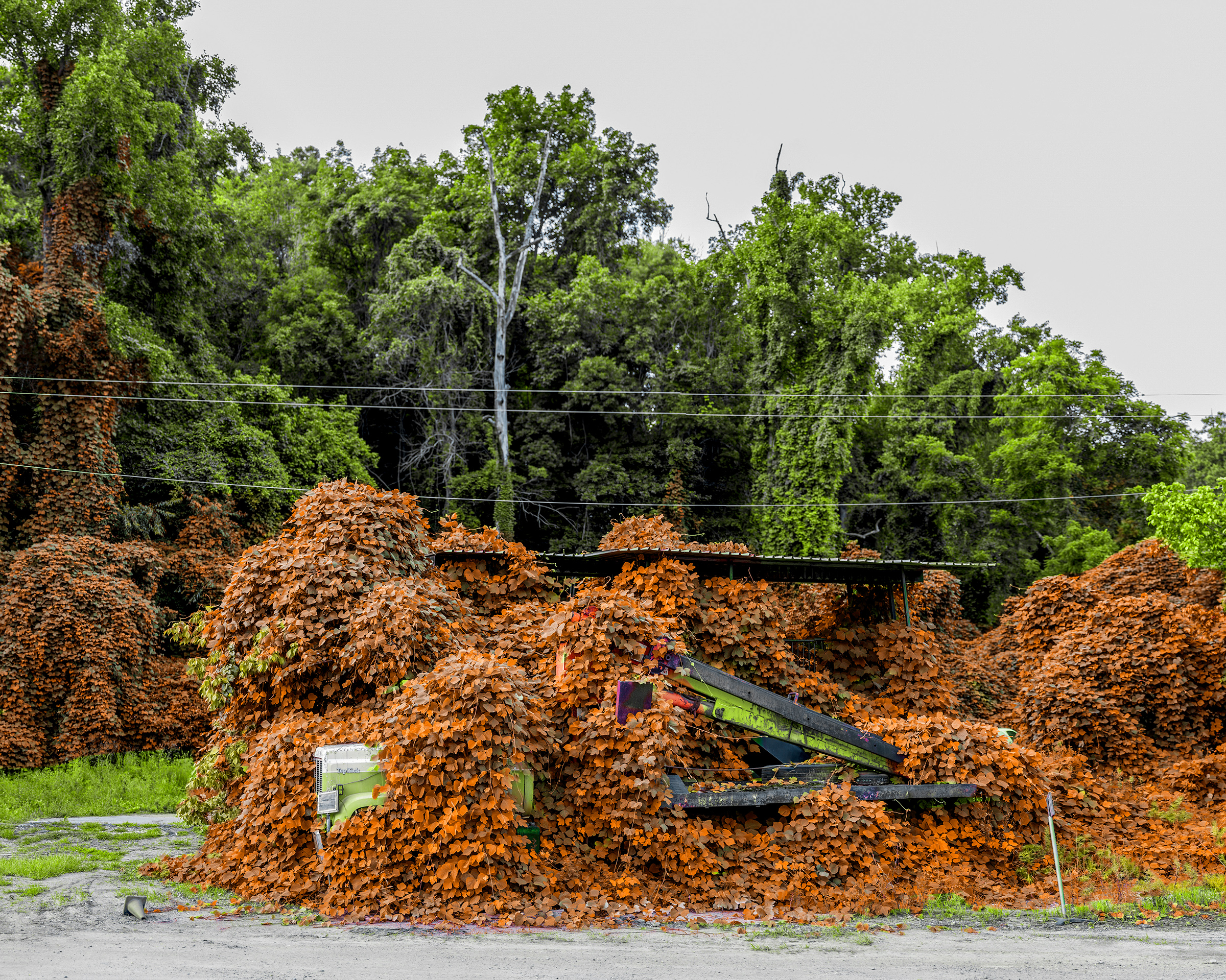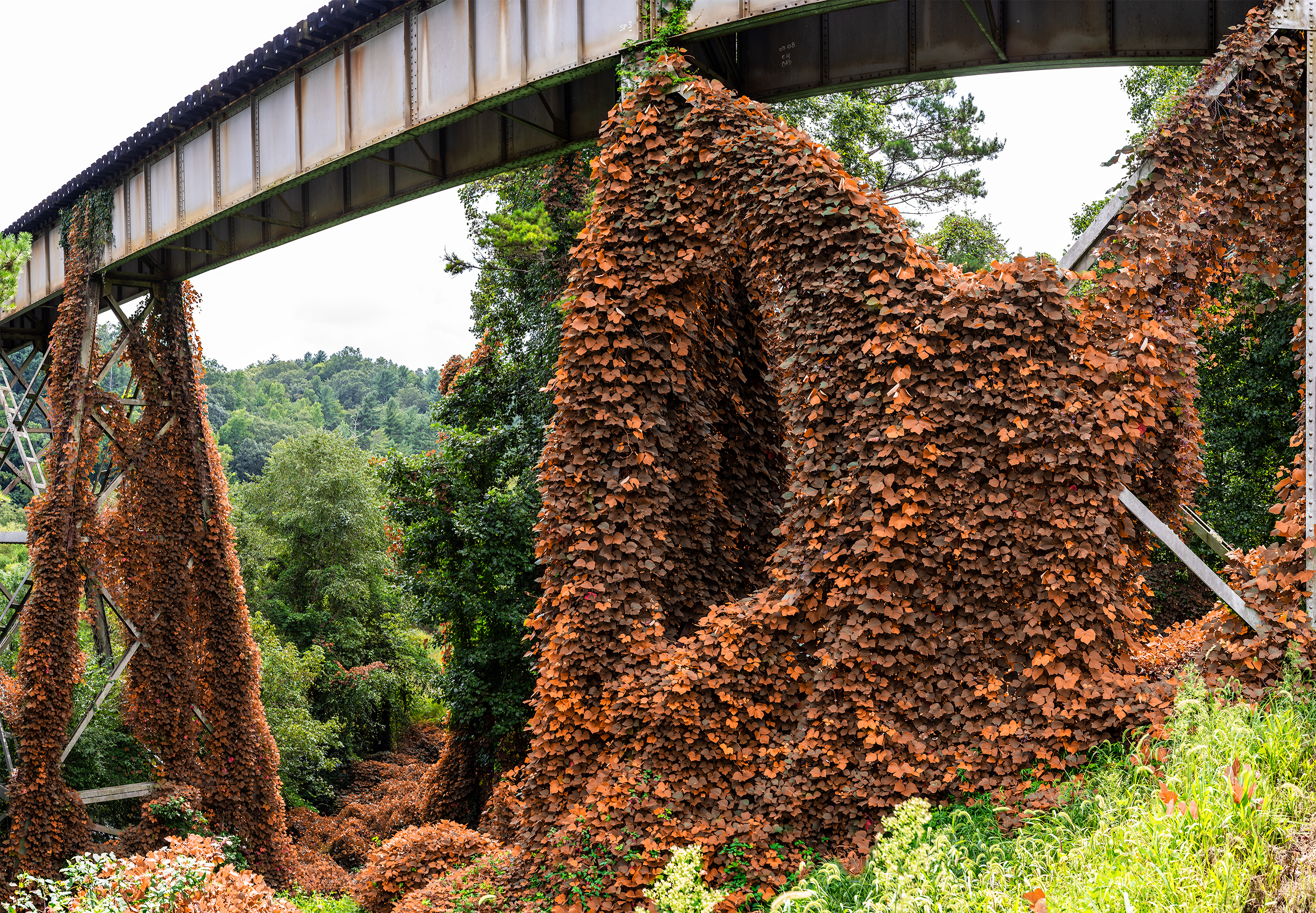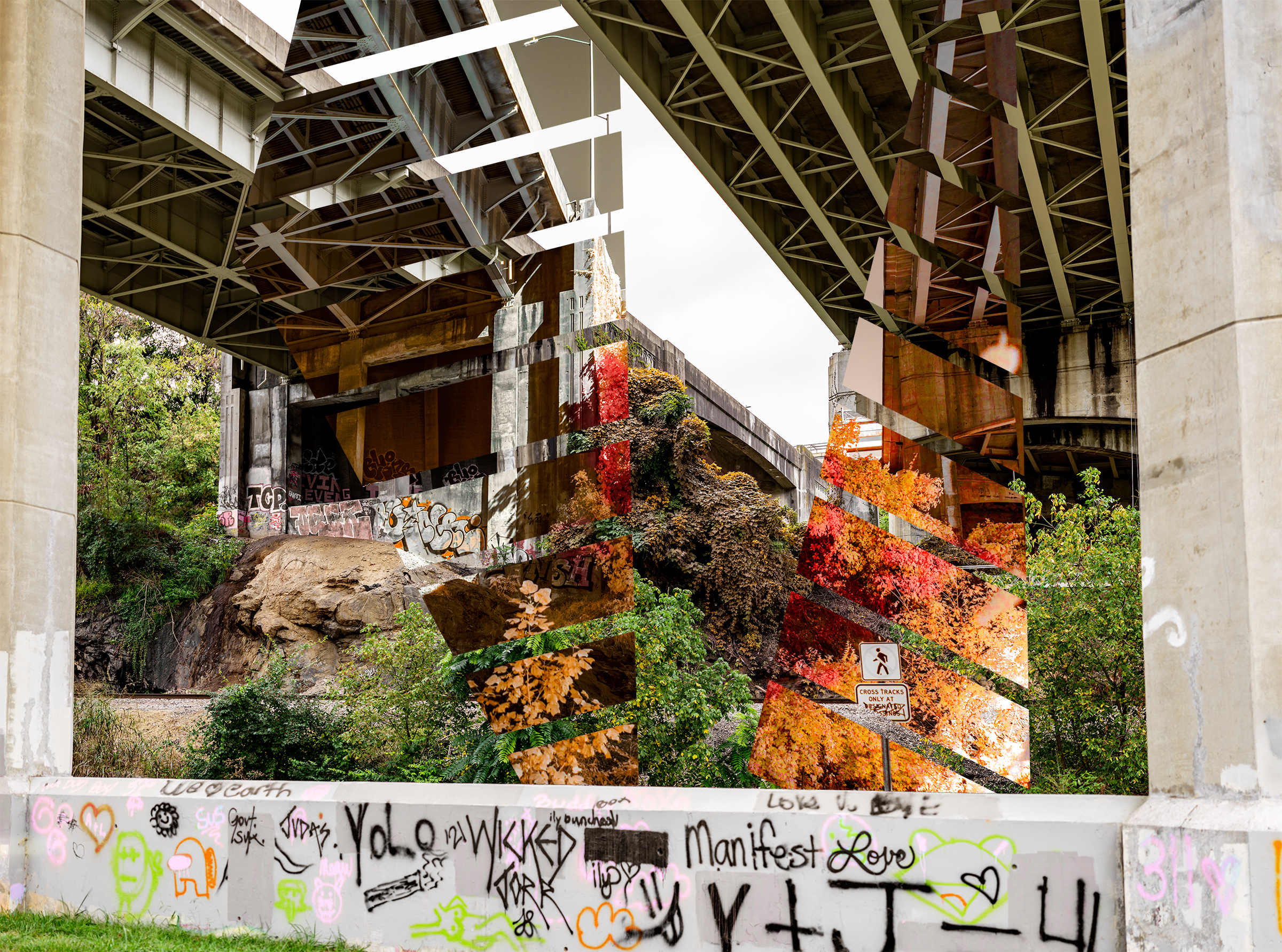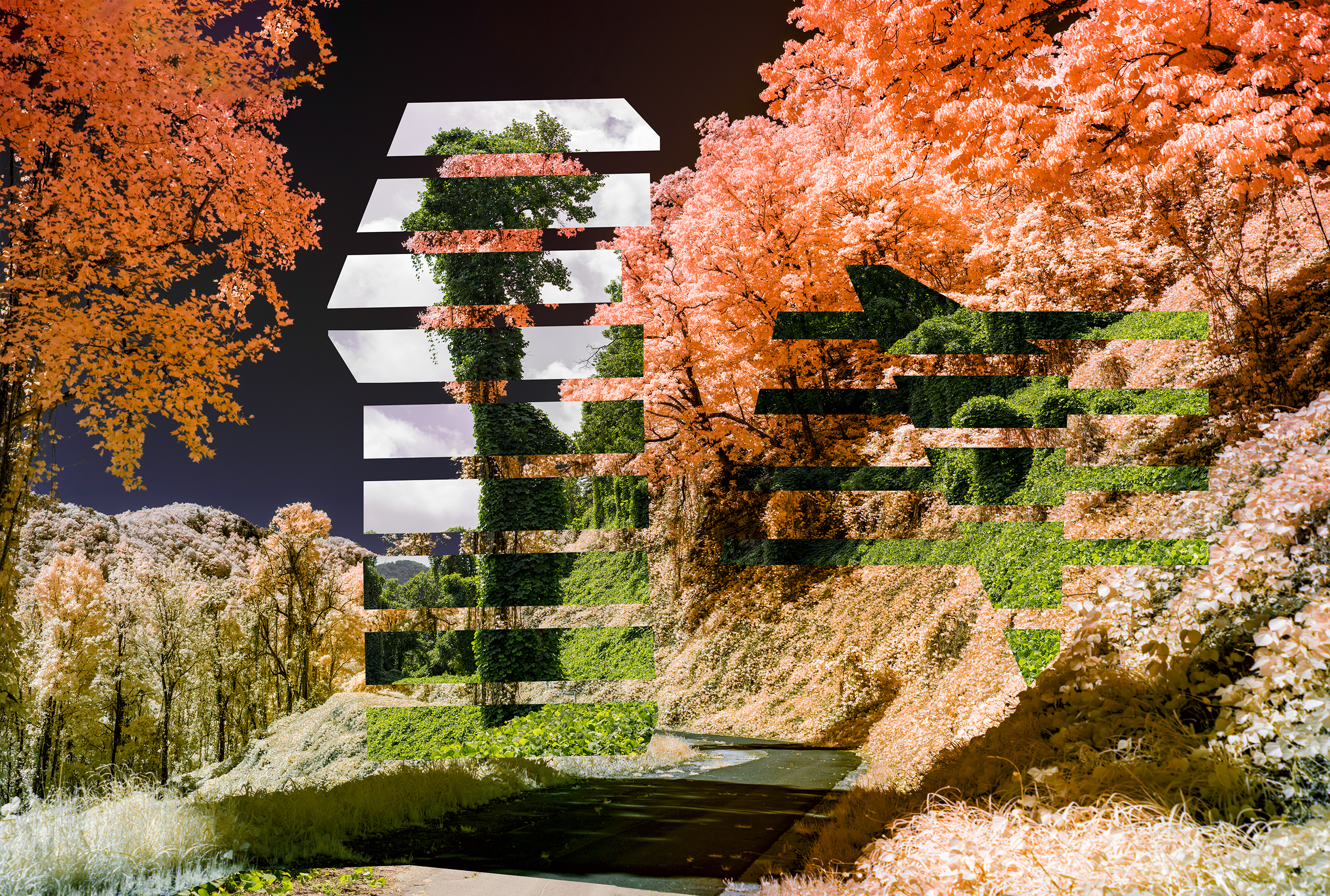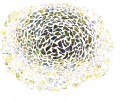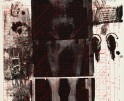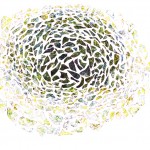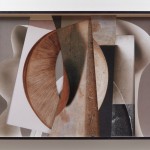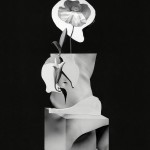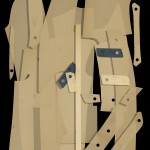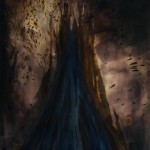Earth Week: Casey Lance Brown: Kudzilla
These bodies of work are linked by this thematic lens: making the often-invisible nature of the global climate and the ecological crisis more visible using conceptual, lens-based art techniques. Each body of work speaks to a different aspect of the climate and ecological crisis: sea level rise; coral bleaching; habitat loss and environmental destruction; deforestation; melting glaciers; plastic pollution. – Michael O. Snyder
Casey Lance Brown is a landscape futurist who studied at Duke University, Harvard Design School, and as a fellow of the American Academy in Rome. Originally trained as a landscape architect, he digitally mixes hyper-spectral imagery to dramatize the shifting Anthropocene environment and its hyperobjects. His series have been exhibited at Miami Art Week, Photoville Atlanta Beltline, Contemporary Art Museum of Raleigh and in the U.S. Fifth National Climate Assessment. Brown frequently publishes work on landscape futures in journals such as Volume, LA+ SPECULATION, and Scientific Reports. He also works as a creative mapping consultant on novel environments for Colossal Biosciences (de-extinction geographies) and serves on multiple environmental advisory boards.
Follow Casey Lance Brown on Instagram: @case_xx_
Kudzilla
Kudzilla is the eco-cultural id of the kudzu vine. It is the botanical-evangelical legend writ large, a quasi-mythic projection of our minds in vegetal form. They say you can watch kudzu grow. Uncontrolled growth rates scare people, raising their amygdala fear centers. We associate uncontrolled growth with cancer, crowding, invasive plants and rampant overconsumption. By association, kudzu becomes the font of some of the most malignant myths that plague our preconceived notion of landscape change.
What we miss in these biased narratives is the destroyed soil-scape that kudzu was bioengineered to heal. Between the world wars, there was a national mobilization war on erosion. Over-extracted soils, particularly the erosion prone Piedmont region in the South, laid bare an agrilogistical nightmare of our own making. Nutrients and top cover had been washed away in a gully-ridden hellscape of poverty and unproductive farms. A network of New Deal agencies searched for a plant that could simultaneously arrest the erosion, re-nutrify the soil, and provide fodder for the domesticated animal industry. They found their biotech weapon in a semi-domesticated East Asian legume. Kudzu quickly matted the bare soil, produced its own fertilizer, and nutritiously fed livestock. Planted extensively by outreach agencies across a broad region, it healed over a disturbance scar that directly traces our infrastructural footprint.
As environmental amnesia set in, kudzu has gained steam as the invader of record, jovially referenced as an unintended consequence trope or a regionalized stereotype of southern feral culture. Both narratives are false. These tropes negate the vast eco-bureaucratic mobilization required to select, propagate, and distribute over 100 million seedlings down to local soil conservation districts. They ignore the tight bundling of a disturbance-adapted cultivar with a vast landscape of disturbance. They distort even the metrics associated with kudzu’s modern distribution. It does not cover millions of acres nor cause hundreds of millions in damages (both examples of statistical malfeasance propagated from popular literature into research literature and back). In reality, the U.S. Forest Service surveys found that kudzu’s forest related coverage is only about 227,000 acres. Experts estimate its coverage is likely in retreat overall, relegated to disturbed marginal lands, abandoned farm gullies, and no-man’s parcels along transportation corridors.
We tend to monsterize whatever we cannot easily wrap our heads around. This class of monsterized objects is known as hyperobjects due to their tendency to sprawl across the neat boundaries of classification. Kudzu can no longer be seen as the leguminous vine we extensively networked into our landscape. It is now Kudzilla, a massively unidentified terrestrial organism like Godzilla. One feeds on nuclear disturbance, the other on ecological disturbance. Past disturbance equals future distribution. Because we are the primary source of disturbance in the Anthropocene, we are the authors of Kudzilla’s distribution. – Casey Lance Brown
Posts on Lenscratch may not be reproduced without the permission of the Lenscratch staff and the photographer.
Recommended
-
The Female Gaze: Alysia Macaulay – Forms Uniquely Her OwnDecember 17th, 2025
-
Bill Armstrong: All A Blur: Photographs from the Infinity SeriesNovember 17th, 2025
-
Robert Rauschenberg at Gemini G.E.LOctober 18th, 2025
-
Erin Shirreff: Permanent DraftsAugust 24th, 2025
-
Shelagh Howard: The Secret KeepersJuly 7th, 2025

